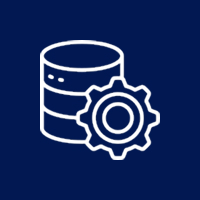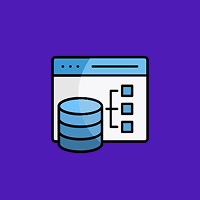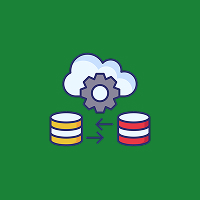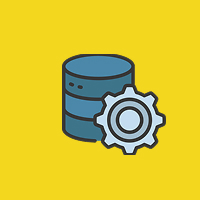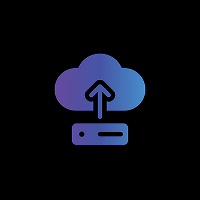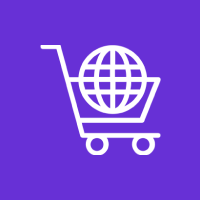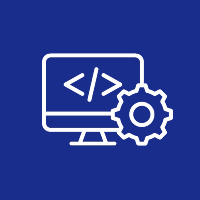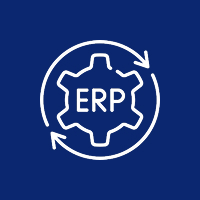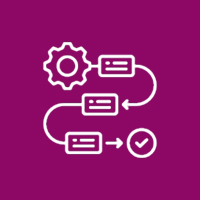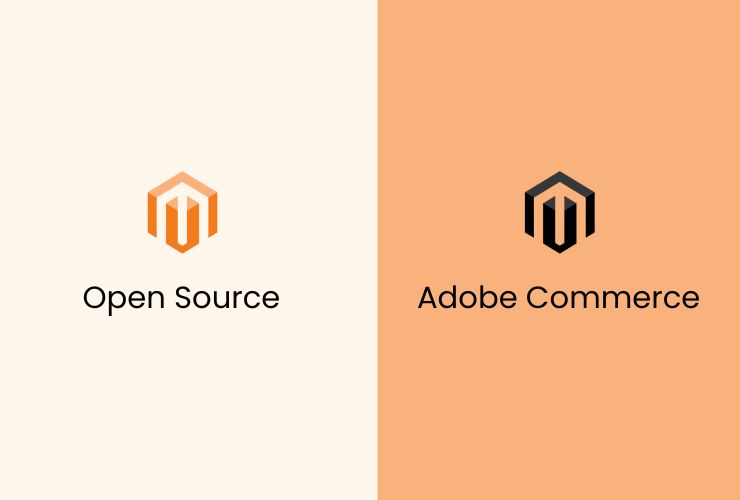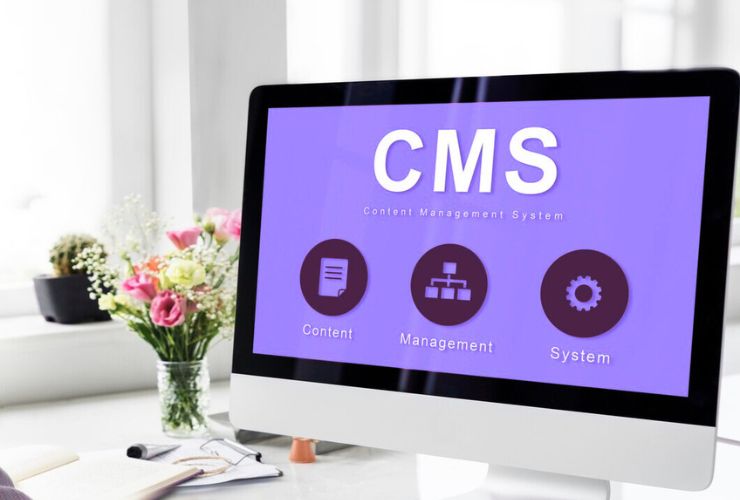Customer Relationship Management (CRM) systems are an important subset of applications in managing business interactions, collecting customers’ data, and performing sales and marketing automation. However, this mode of engagement, or use of CRM, only multiplies performance issues with slow response times, even downtime, and slow lags in performance will not only upset users but can lead to decreased productivity (i.e. activities that rely on that system can’t be completed) and hampered customer relationships.
For developers, optimal performance within a CRM means continuing to deliver the condensed bundle of solid initiation/sequence of a CRM with contracts to engage with fast, reliable, and scalable function. Below are some broad suggestions for developers to consider to help developer CRM systems so users will have an enjoyable experience.
1. Improve Database Queries
Database performance is often the reason behind slowdowns in a CRM. Developers can:
Use Indexing Appropriately: Indexing a column properly can lessen query and search time considerably, especially for large tables of customer records, sales transactions, or interaction histories.
Reduce the Number of Joins: While there no doubt based on relational principles and structured databases need joins, too many joins or poorly designed joins affect performance. Consider denormalizing the data or caching any data you calculate whenever appropriate.
Utilize Caching Layers: Use a helper system such as Redis or Memcached to cache the information from the database. These systems allow storage of frequently requested data in REAM instead of querying the database multiple times.
Profile Queries and Analyzing them: Profile your queries using tools such as MySQL EXPLAIN or PostgreSQL pg_stat_statements and find out what comparison needs to be remade or analyzes the data schema.
2. Load Data More Efficiently
If you fetch all the data at once, you risk overloading both the client and the server both in an application and through web APIs, both could spend a long time waiting and also consume more bandwidth than necessary.
Use Asynchronous Loading: Load data through asynchronous calls and take advantage of not freezing the UI whilst carrying out the data trevails.
Pagination: Avoid fetch large amounts of data all at once and paginate; return missing records on demand.
Use Infinite Scrolling: Where a contact list or layout that feeds users activity lists; load, for a better experience.
Consider Compressing API Responses: Compress responses for the API, ie. Gzip responses; to lessen the payload.
3. Implement Caching Wisely
Caching is about utilizing copies of data closer to the user or application layer, dramatically speeding up speed.
Client-Side Caching: You can also browser cache, use service workers or local storage for static assets or content that does not change, often.
Server-Side Caching: You can cache API responses in memory or even database queries using Redis or Memcached reducing duplicated processing.
Cache Invalidations: Program robust cache invalidation policies so your users see the information update.
4. Improve Frontend Performance
The frontend of a CRM must load quickly and remain responsive to the users’ input.
Minimizing and Bundling Assets: Compress JavaScript, CSS, and images, and bundle your scripts to reduce HTTP requests.
Utilize Up-to-Date Frameworks: React, Vue, and Angular use Virtual-DOMs and efficient rendering process so they minimize unnecessary UI re-renders.
Lazy Load: Load heavy components, images, or modules only when necessary.
Responsive Design: Your UI must be designed to relate to multiple devices and screen sizes seamlessly beyond accessibility and user experience.
5. Scale Backend Services
The backend must scale as the user traffic scales.
Load Balancing: Sends incoming requests to multiple servers at the same time and avoids loading any one machine.
Microservices Architecture: Taking monolithic apps, and breaking them down into smaller services that can be deployed separately to make it easier to scale and easier to maintain.
Horizontal Scaling: Adding servers instead of upgrading a server to scale; this allows the app to scale.
Cloud Infrastructure for Hosting: Digital platforms, such as AWS, Google Cloud, and Azure that neatly provide elastic resources that can adjust resources automatically based on the load so you don’t face outages or increased costs for long periods.
6. Monitor and Analyze Performance on a Regular Basis
Monitoring continuously ensures your organization learns to fix as many performance problems as possible before users encounter them.
Real-Time Dashboards: These real-time metrics of system health are instrumented with tools (like New Relic, Datadog, or Grafana), that visualize monitoring metrics and you can also see entire application performance in real-time so you can see issues as they surface and fix them (or let them surface until they become real problems).
Alerting: Set thresholds for performance, and have alerting set up when your app approaches any of your predefined threshold limits on response times, CPU usage, or error rates.
Log Analysis: These tools do not just capture surface metrics, with a bit of setup you can collect detailed logs of activities and gain an insight into potential patterns or recurring problems.
User Feedback: Incorporate performance problem reporting back to users directly.
7. Maximize API Design
APIs are the communication layer between frontend and backend.
Return only what is necessary: No need to send unnecessary data. Doing so only eats up bandwidth and adds to the parsing process.
Use GraphQL: Allow the client to request the specific data it is looking for so there is no over-fetching or under-fetching.
Batch Requests: Combine multiple API requests whenever possible in order to reduce latency.
Add Rate Limits: You should do rate limiting to protect your backend from abuse and to be fair to those using your service.
8. Ensure Authentication and Authorization are Efficient
Authentication can be a performance issue and security issue.
Token based Authentication: Token based authentication like JWT or OAuth will reduce the need for the database lookup every single request.
The session: Don’t forget about caching so you don’t have to do verification checks every time you check the session.
Role-Based Access Control (RBAC): Make sure permissions aren’t overly restrictive but also don’t overload the system so certain users have access to everything.
Conclusion
Optimizing CRM performance is an ongoing, multi-faceted process that involves database tuning, frontend and backend efficiency, smart caching, scalable architecture, and continuous monitoring. By implementing these best practices, developers can create CRM systems that handle growing user bases and data volumes without compromising speed or reliability.
A well-optimized CRM not only boosts user satisfaction but also empowers businesses to make faster decisions, improve customer engagement, and ultimately achieve sustainable growth.
Contact Us Today



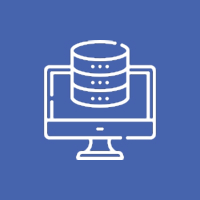





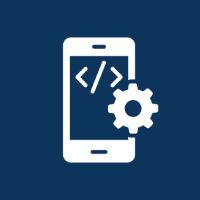



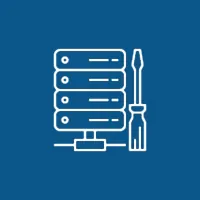 Database Development
Database Development





